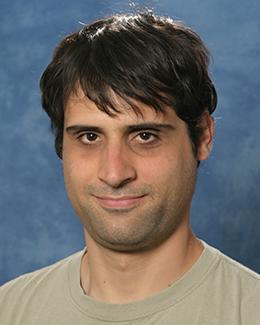event
Ceres as a Laboratory for Cryovolcanism and Other Planetary Processes
Primary tabs
The School of Earth and Atmospheric Sciences Presents Dr. Michael Sori, Univeristy of Arizona
Ceres, the largest object in the asteroid belt, has been revealed by NASA’s Dawn mission to be a complex geophysical world. Its transitional nature – somewhere between icy and rocky, asteroid and planet – allows Ceres to elucidate a number of planetary processes.
In this talk, I will focus on icy volcanism, also called cryovolcanism. I will argue that surface features show Ceres to be geologically active, and geophysical models constrain its cryovolcanic rate. The level of activity I infer shows that cryovolcanism is an important geological process in the solar system, but is not as dominant as silicate volcanism.
I will end by discussing ways in which the geophysical techniques here can be used to study other topics on Mars, Mercury, the Moon, and Ceres, including how the Dawn data can be used to investigate ice deformation, the faint young sun, and planetary differentiation.
Status
- Workflow status: Published
- Created by: nlawson3
- Created: 12/13/2018
- Modified By: nlawson3
- Modified: 01/03/2019
Categories
Keywords
Target Audience

